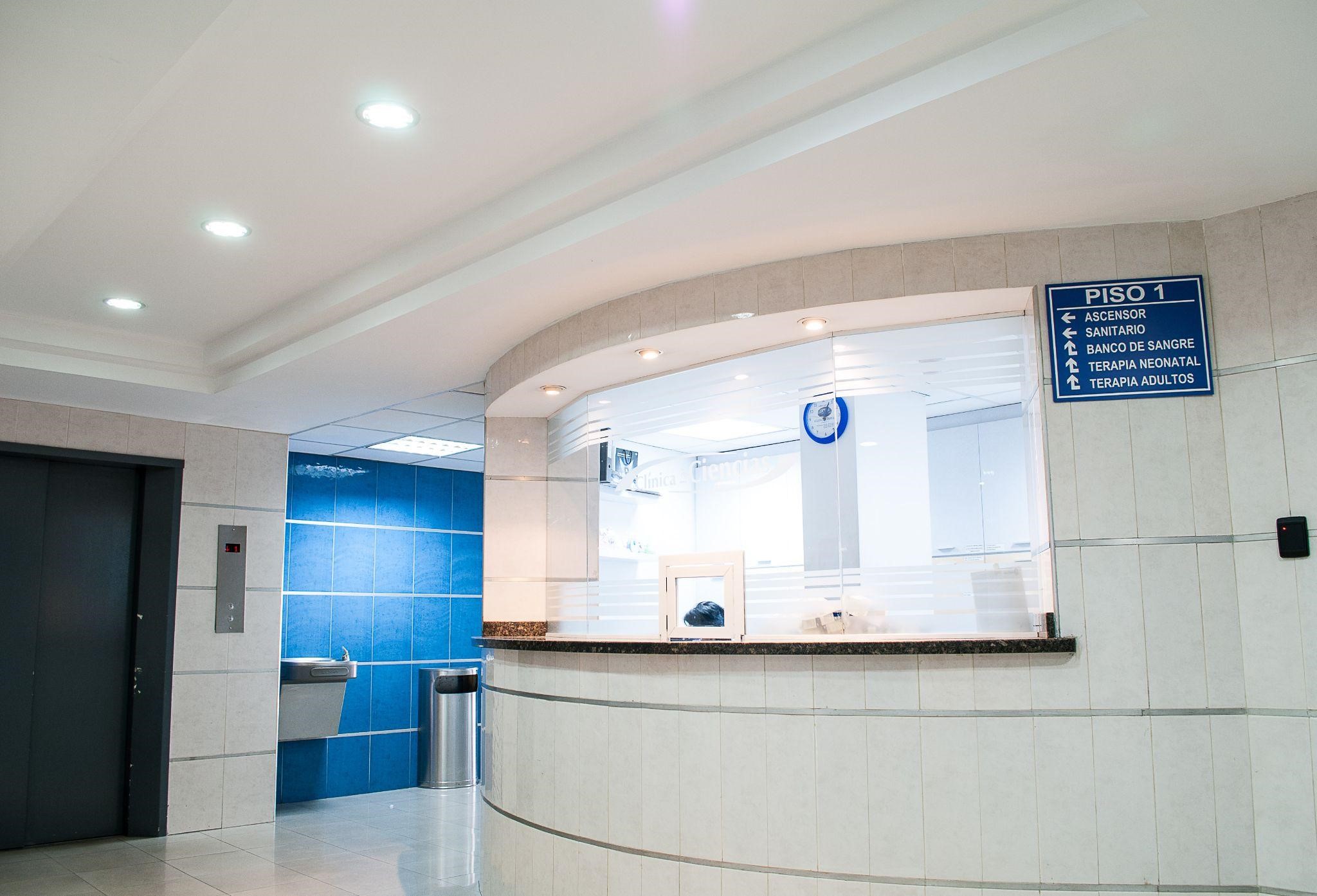COVID-19 has substantially upended our daily lives and shifted our view of what is normal. Modern healthcare facilities need to be reimagined to keep up with these progressive times. In particular, medical office building design needs to reflect specific considerations, from patient experience to contingency planning for unforeseen scenarios. In this article, we touch on what we believe are vital features that are necessary for the modern medical workplace.
1. Sanitation
Sanitation and cleanliness are of the utmost importance in a medical office building. All surfaces and finishes must be easy to clean and maintain. As a result, you need to prioritize material considerations, as they are crucial in addressing cleanability and infectious disease control to avoid cross-contamination between patients.
Similarly, the flooring you choose needs to be easy to clean and durable enough to withstand regular sanitation procedures. One option for flooring which is durable and easy to clean is stained concrete floors, which as a bonus, look modern as well.
Additionally, you must ensure that all interior finishings, from tabletops to counter surfaces, are easily cleanable. Pick finishings the staff can easily sanitize at all times by using different types of cleaning liquids and try to avoid fabric-based furniture as it’s harder to clean.
2. Flexibility
Medical modes are subject to constant change. Covid-19 has grimly taught us to expect unforeseen challenges which might arise. To address the unexpected, the design of the medical facility needs to be flexible and accommodating to such difficulties. The layout of the facility should adhere to modular concepts of space planning. You can use generic room sizes, malleable mechanical and electric systems, and scenario planning for various medical emergencies. For example, in a particular crisis, EMTs may need to maneuver stretchers through halls, corners, and rooms. The building design should make such processes as efficient as possible.
3. Accessibility
The demographic of people visiting the medical facility will range from the disabled or injured to the sick and elderly. The design of the medical facility should consequently consider accessibility for any patient walking through its doors. Consider including ramps for wheelchairs, elevators if the facility consists of multiple floors, and sufficiently large doorways to make the facility easy to get around for people on wheelchairs or crutches.
4. Efficiency
A medical facility should provide the best care for its patients, and the design must aim to maximize efficiency. Minimizing space between commonly used areas can allow for easy supervision of patients and facilitate the provision of a logistics system for supplies and waste removal. Minimizing distances between commonly used places also reduces the overlap of patients from different zones, reducing the risk of unnecessary cross-contamination.
You also need to ensure that the design allows easily followable directions upon arrival so that patients arriving at the facility know precisely where to go. This can be done by strategically placing signs at entrances and intersections. Such a practice also reduces the risk of patients wandering through corridors or entering restricted areas, mitigating the risk of coming into contact with unnecessary pathogens.
Endnote
A medical office design entails more considerations than other ventures, as careful attention must be paid to regulations and patient safety. To keep up with the modern age, designs for medical facilities need to integrate functional requirements with the human needs of their patients. Designers must thoroughly assess every aspect, from layout to materials, before incorporating them to maximize the utility and efficiency of such sensitive buildings.

